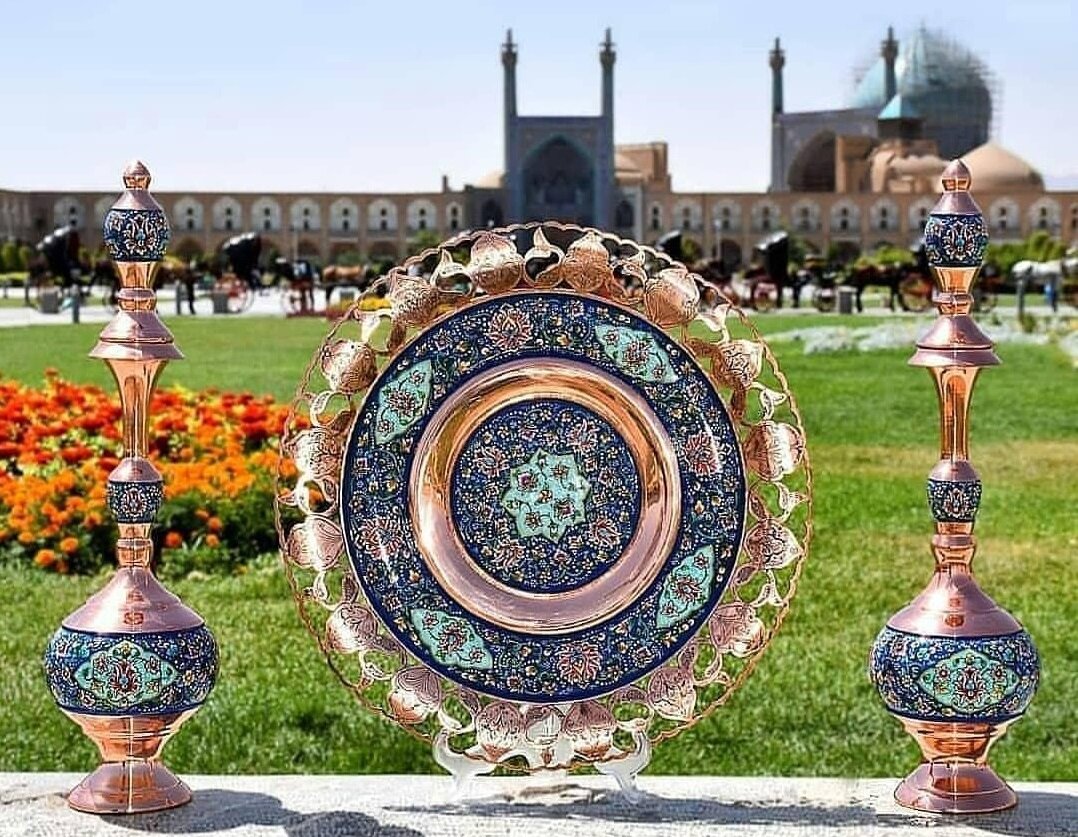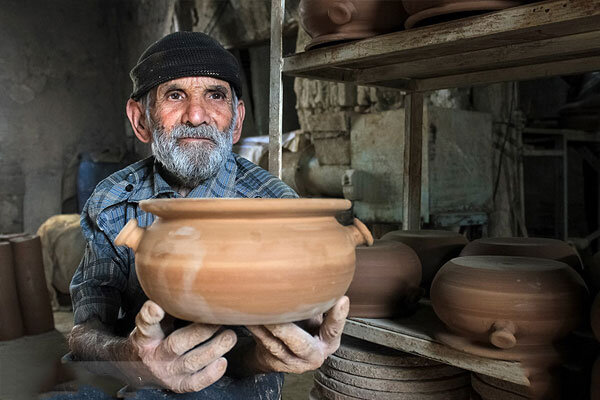Beyond souvenirs: tourism as catalyst for handicrafts economy

Iran, a country steeped in rich history, diverse cultural heritage, and traditions, seeks to rebuild a strong alliance between its budding tourism and vibrant handicrafts.
Analyzing statistics related to foreign and domestic tourist visits to handicraft workshops and retail centers indicates the charms of traditional arts and crafts can be essential factors in attracting tourists.
Initiatives aimed at creating marketplaces, organizing cultural festivals, and promoting craft villages can improve the visitor experience. By integrating handicrafts into the broader tourism strategy, Iran not only showcases its cultural richness but also establishes a robust economic pathway that resonates with the values of authenticity and heritage.
In addition, given the mutual influence between handicrafts and the tourism industry, focusing on handicrafts as travel souvenirs contributes significantly to the development of the tourism industry.
Initiatives such as establishing handicraft markets, organizing cultural and artistic festivals, promoting craft villages, and more, aimed at attracting and increasing the stay of travelers and tourists, can substantially support the development of both the handicraft and tourism industries in the region.

Home to 13 cities and three villages registered by the World Crafts Council as craft hubs, the country looks towards the future to address many societal needs, including job creation, preservation of culture and traditions, support for domestic production, increased household income, and the enhancement of the standard of living for rural households.
Examining the historical trajectory of handicrafts in Iran reveals proficiency in skills such as pottery, textile weaving, plasterwork, calligraphy, and metalwork throughout different historical periods.
Among the oldest and most prolific handicrafts in Iran are ceramics and pottery, which are visible in historical sites and museums scattered across the country.
Experts believe the impact of age-old handicrafts extends far beyond the creation of beautiful artifacts but serves as a cultural bridge that encourages travelers to explore the intricacies of the ancient land.
Speaking to the Tehran Times, Mohammad Tavakkoli, a seasoned traveler, said the intricate dance between culture and commerce, handicrafts play a pivotal role in bolstering the economy of local communities.

“The economic implications of this sector are profound, offering employment opportunities and acting as a catalyst for the growth of small-scale industries in both urban centers and rural areas.”
“This way, the country establishes a secure economic path alongside other economic initiatives,” Tavakkoli highlighted.
Moreover, Tavakkoli underscored adherence to proper quality when it comes to handicrafts as they are famed worldwide. “To harness the potential of handicrafts for tourism development, the produced items must meet recognized standards and bear the seal of authenticity.”
He said when tourists are assured of the standard, authenticity, and price of the products, the demand increases, providing a boost to the local economy and ensuring the sustainability of both the handicraft industry and the tourism sector.
A travel professional, Majid Keshani, reminds us of “the profound impact of handicrafts on rural and tribal economies”, saying they are rooted in “their historical significance.”
“Serving as a vital source of income for local households, handicrafts play a crucial role in sustaining rural and tribal livelihoods,” Keshani told the Tehran Times.
He noted that handicrafts assume a fundamental role in the economic landscape of rural and tribal areas, complementing agricultural activities.
“A main reason for emphasizing handicrafts lies in their contribution to sustainable household incomes, employment opportunities, and easy access to raw materials.”
Keshani underlines the preservation of those ancient skills through proper education to younger generations, reverse migration, new markets, and above all, governmental support.
“Development of handicrafts, given their longstanding presence in the rural economy, stands as one of the most essential strategies for generating employment in rural areas.”
Another tourism insider, Abbas Asadi, believes the mutual role of handicrafts in the development of rural tourism and vice versa is undeniable.
He says this artistic endeavor becomes particularly relevant during times when agriculture and animal breeding face challenges. It has become a key factor in generating income for rural households, filling leisure time, reducing unemployment, and curbing extensive seasonal or permanent migration, a social issue often faced by these communities.
“If adequately supported, handicrafts can serve as a powerful tool in curbing rural migration, combating unemployment, and fostering regional economic development,” Asadi said.
The synergetic relationship between tourism and the handicrafts economy is undeniably a powerful catalyst for socio-economic development in particular for regional communities. Such a dynamic interplay not only elevates the travel experience for visitors but also breathes life into the veins of the handicraft economy.
All and all, each beautifully crafted artifact is a piece of the nation’s soul that visitors to Iran bring home.
AFM
